Marine Science
Knowledge of larval fish just a drop in the ocean
A combination of morphological and molecular approaches gives researchers a first glimpse of Red Sea larval fish communities.


Fish larvae collected in the Red Sea by Isari’s team during the year-long survey.
© 2017 Stamatina Isari
A year-long survey of the taxonomic diversity of Red Sea fish larvae has revealed how the community changes throughout the year and has also established a baseline for future studies.
Researchers used a fine net to collect fish larvae from a near-shore and an off-shore site in the Red Sea every month for a year. The team from KAUST, working with two Spanish institutions, used conventional morphological analysis to approximately identify the fish larvae followed by DNA barcoding to pin down the species.
“There are no descriptions of most of these species as larvae,” says Stamatina Isari, a plankton ecologist who led the study. “In a way, I was teaching myself. Once I had the barcode of a larva and identified its species using reference databases, then I knew how the larvae of that species looked.” This enabled Isari to identify samples she saw later, based solely on their morphology: eventually these descriptions could form the basis of a larval identification key.
The stock of fish larvae was found to vary through the seasons. A larger stock of fish larvae was observed at the near-shore site during the colder months, though the abundance at the two sites was similar in the warmer part of the year.
There were also differences noted in the community structure, with the near-shore site harboring a higher number of species of certain reef families and greater overall diversity, particularly during the colder months. Meanwhile the offshore site was home to deeper depth-adapted species that were absent from the shallower, near-shore site. The team also measured environmental variables at the two sites and found that temperature was the major driver of changes in the communities during the course of the year.
“Exploring larval distribution patterns in space and time will help us understand the factors affecting fish population dynamics” says Isari, adding that “the majority of collected larvae appeared to be species not commonly seen as adults in the area.”
A complete picture of Red Sea fish calls for an understanding of the larval communities as well as the juvenile and adult communities. Many of the barcoding sequences didn’t have a match in DNA databases, highlighting the scant knowledge of Red Sea fish communities and the need to establish a reliable database of Red Sea fish taxonomic data.
This study also highlights the value of plankton net tows in estimating fish biodiversity. It also provides an important baseline and a reference database for future work. Using this database, Isari is now studying the diversity of fish larvae at different latitudes in the Red Sea.
References
-
Isari, S., Pearman, J.K, Casas, L., Michell, C.T., Curdia, J., Berumen, M. & Irigoien, X. Exploring the larval fish community of the central Red Sea with an integrated morphological and molecular approach. PLoS ONE 12, e0182503 (2017).| article
You might also like
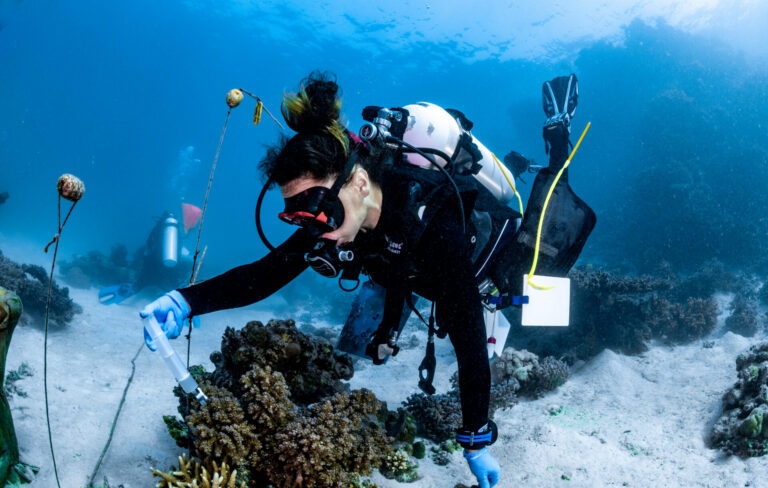
Marine Science
A place to trial hope for global reef restoration
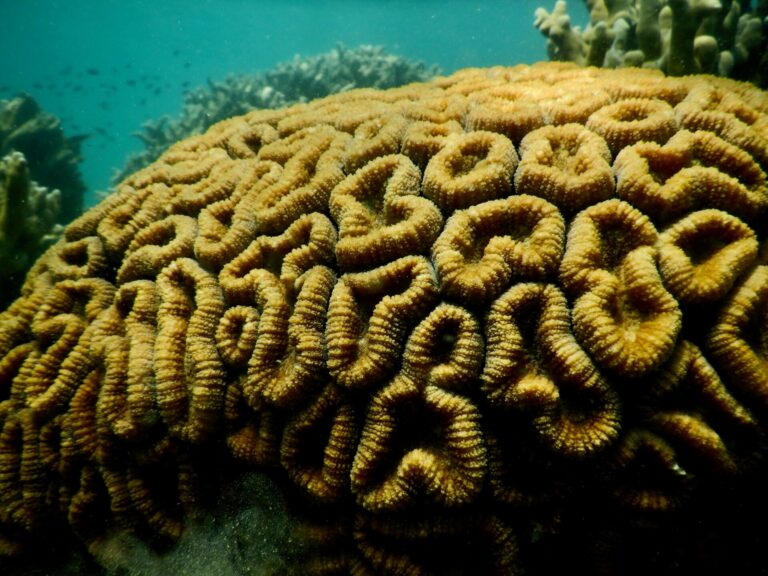
Marine Science
Reef-building coral shows signs of enhanced heat tolerance

Marine Science
Plastic-munching bacteria found across the seven seas

Marine Science
AI reveals the universal beauty of coral reef growth
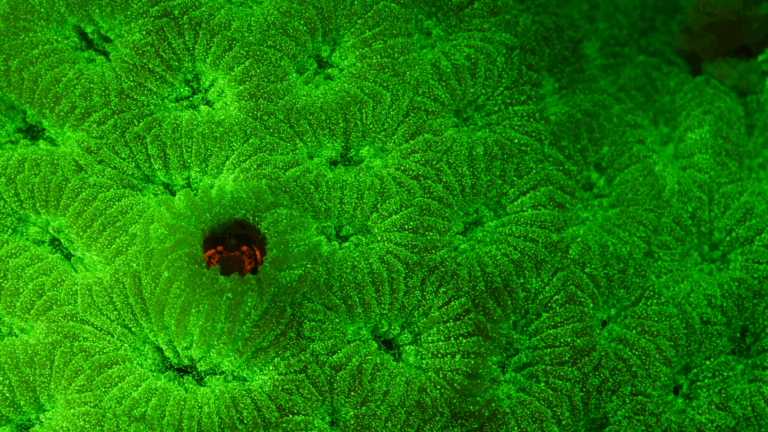
Marine Science
Tiny crabs glow to stay hidden
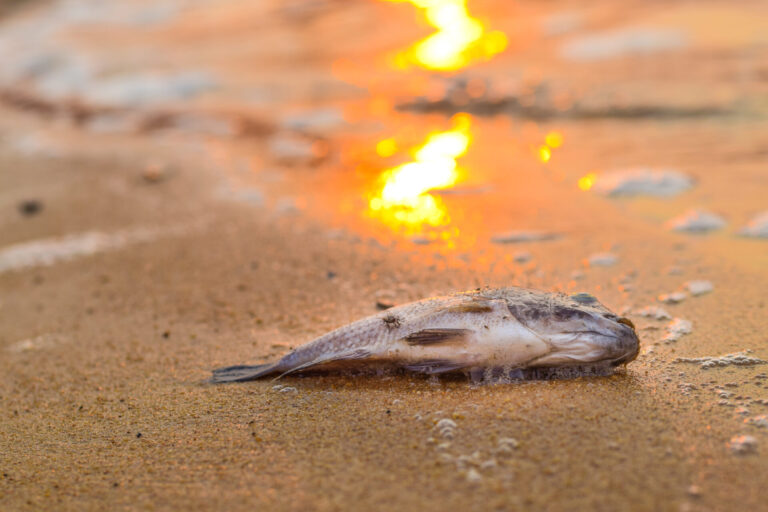
Marine Science
Mass fish deaths linked to extreme marine heatwave in Red Sea
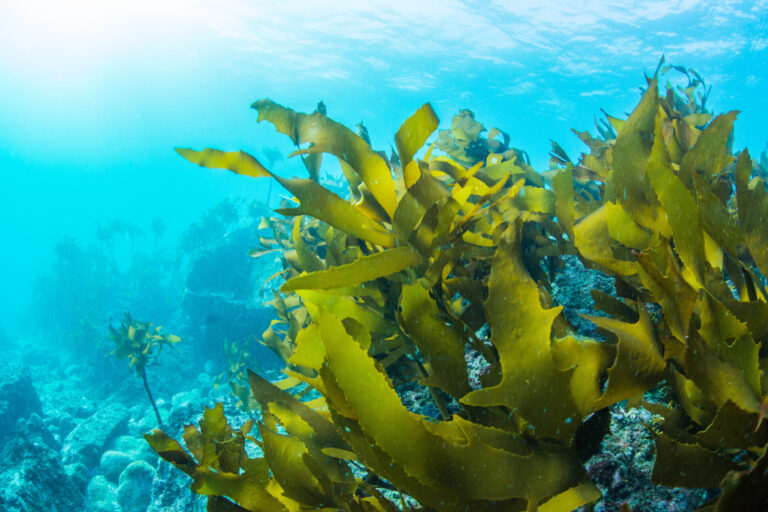
Marine Science
Weeding out the secrets of Red Sea macroalgae

Bioscience



